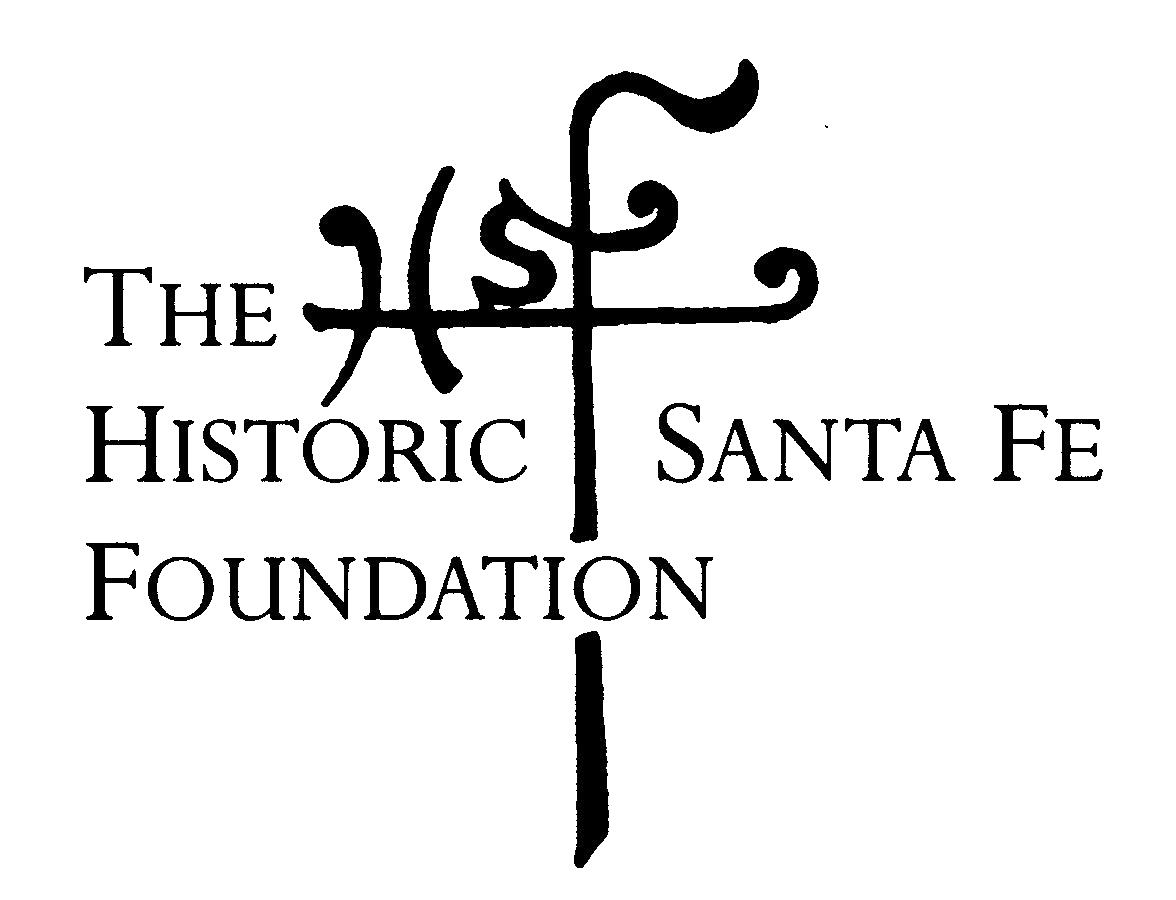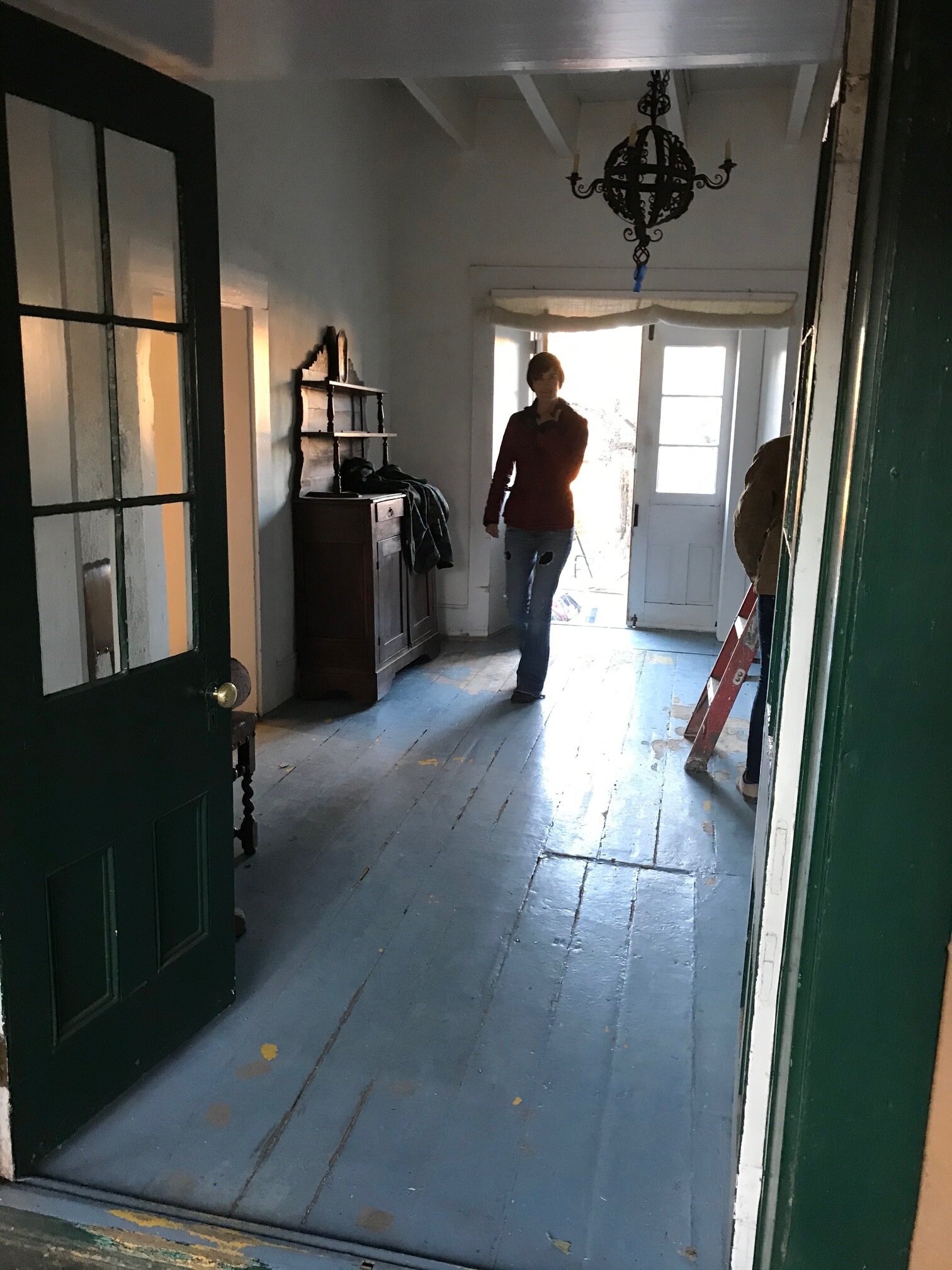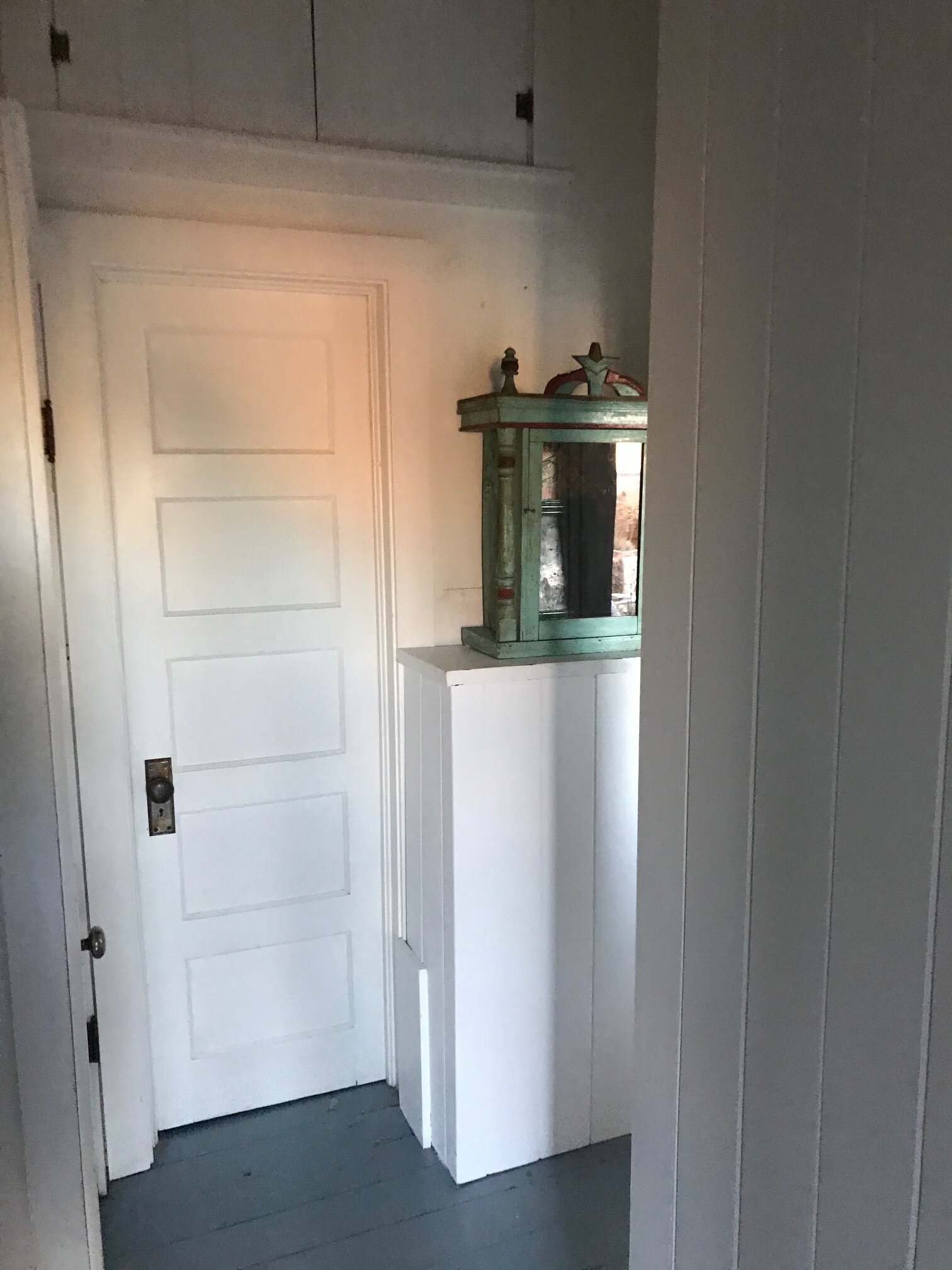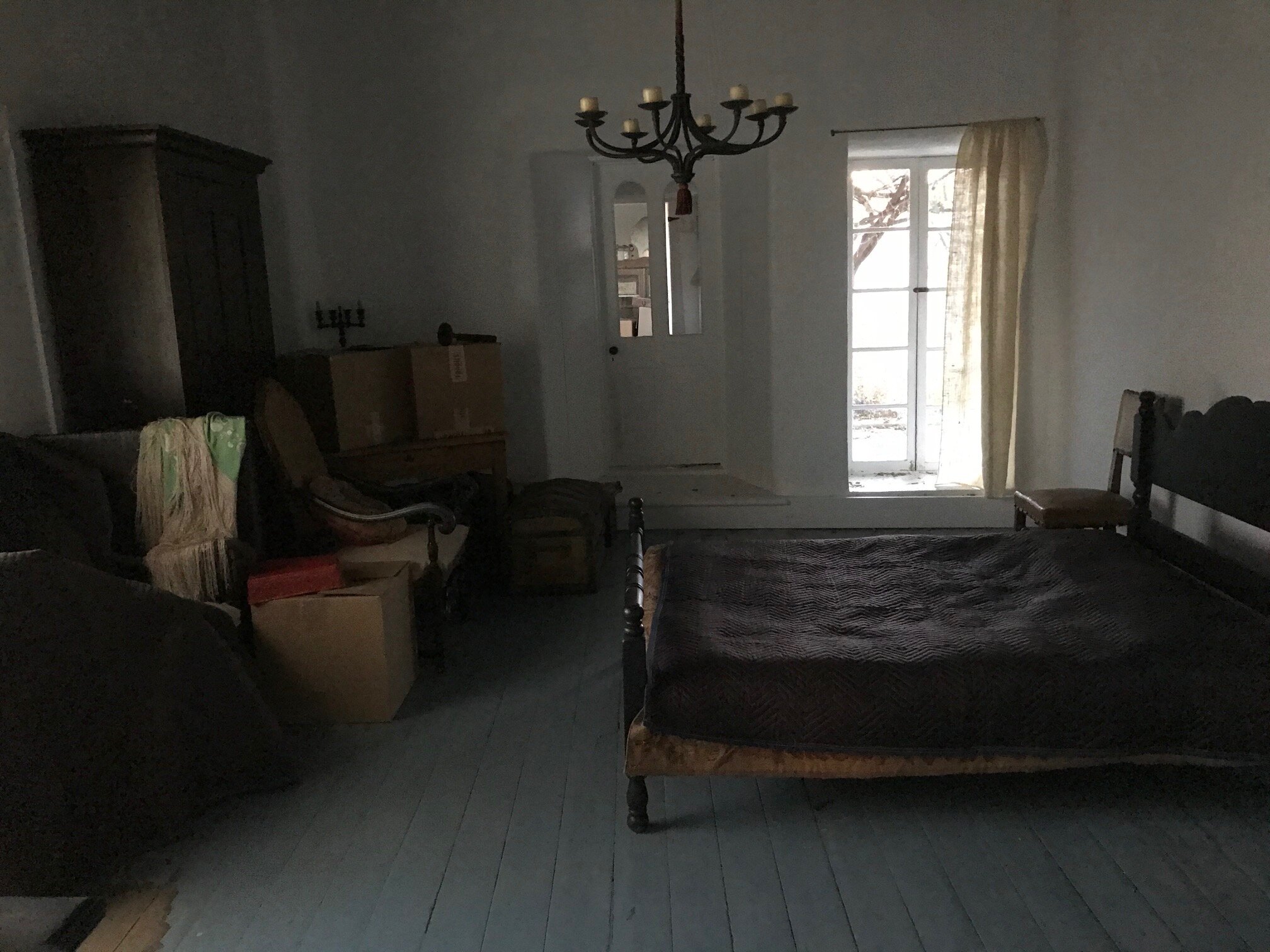Detail from Pepper 1920 Figure 155 republished 1996 UNM Press.
Shows the location of Room 40 discussed by Crown as well as the superimposition of Room 52 over Room 32, both immediately north of Room 28 (immediate center). Note also Room 39B where another cluster of cylinder jars was found.
Opulence
Hannah Mattson worked on ornaments and exotic materials from both the mound re-excavation and analysis and the materials from Room 28. Her enumeration and evaluation of those materials give further context to the cylinder jars. In our excavation of many more square and cubic meters of contemporary sites in the La Plata Valley within the Chaco World, we found 30 pieces of turquoise. In Room 28 between the HEE and UNM work there were 4,581 of which 3,338 were recognizable artifacts (as opposed to manufacturing debris and manuports). With the abundance of turquoise it does strike me as noteworthy that her analyses identified virtually no red dog shale ornaments (well, one!); this material occurs naturally in quantity around Chaco and was used for many attractive ornaments to the north. Was red dog too easy to be valuable?
Seeds and Cobs
Dr. Karen Adams has been doing ethnobotany in the Chaco World for a very long time, and I’ve known her (I have pups from her Tucson agave growing at my house) for many of those years. She has a frankly disappointing chapter on the small samples from the re-excavation project. She seems surprisingly unaware of the extensive flotation and macrobotanical work done by the Chaco Project. In claiming to expand the inventory of utilized species in Chaco she says “I add stickleaf (Mentzelia albicaulis) seeds which ripen in the spring, to the list of likely foods. I also add hedgehog cactus (Echinocereus) and tomatillo (Physalis) fruits (page 141). During my time at the Chaco Center at UNM I shared an office with a beautiful Kiva jar excavated from Una Vida by Gordon Vivian and studied by Volney Jones which was filled to the lid with pure Mentzelia seeds and this species was found and reported often in Chaco Project analyses, as are Physalis and Echinocereus. Rather than comparing the few Maize cobs from the Bonito backdirt and subfloor to her small samples from distant Chimney Rock, as well as a project she did for a utility area emergency excavation, there are many hundreds from great and small houses of all periods in the Chaco Project analyses right around Pueblo Bonito that might have been correlated. A further case is her revelation that much shrub wood such as saltbush and greasewood was used for fuel. Many, many hearths and firepits were excavated by the project and floated and reported; I believe it might require some diligent search to find features that do not contain Sarcobatus and Atriplex. This lack of knowledge of the Chaco Project results for someone of Karen’s knowledge and experience is surprising. Claiming “My Room 29 archaeobotanical study contributes a number of new insights into Pueblo Bonito plant use,” in addition to the statement “Maize specimens were preserved in all seven flotation samples suggesting an important role for this domesticate, which ripens in the fall (page 137)” are embarrassing for such a well-established and published researcher. [Another disclosure: Mollie S. Toll did a great deal of the work I’m talking about at Pueblo Alto, 29SJ 629, 627, 1360 etc. Karen should know that work and use that highly relevant data.]
The pollen analysis by Susan Smith seems more relevant. Pollen analysis requires careful collection and samples from historically disturbed back dirt are really not useful. The pollen samples reported by Smith, however, are all from the subfloor proveniences in Room 28 and are therefore reliable and from the intriguing first occupations at Bonito.
We came for the cylinder jars and stayed for the context.
Patty Crown is most famous (justly so) for her ascertainment and documentation of cacao in Chaco, most notably in cylinder jars but other vessels as well. The concept of performance consumption of this exotic and highly significant beverage is a focal point of her interpretation. In spite of my long interest in these vessels it was new to me that some clearly paired jars have distinctive marks on their bases—what I like to think of as “bottoms-up marks” important to Crown’s performance drinking ritual: I drank the whole thing. Another of the many things added to my knowledge of this provenience are the paired T-shaped doors presumably for ritual entry through the sunken entryway into the by then subfloor house of the cylinder jars. There could be ritual entry paired perhaps by gender, perhaps by moiety, perhaps entrance and egress?
The jars also show some pairing in other form and decoration traits which is important in terms of production and use (this is especially well shown in her 2018 American Antiquity paper which contains further material not present in this volume). I have suggested for some time that these vessels were a way of connecting members of the far flung Chaco network with this significant ceremonial central place. Crown says (p. 173) that I argue for standardization in the production of cylinder jars but in addition to clearly paired jars I find the variability important in several ways. I believe that the form is easier to produce than a large olla or corrugated jar and the variability in the cylinders suggest that some were indeed made by specialists to exacting standards but others were made for this specific use and context by less practiced makers. Rather than being standardized specialist products it was a form that had socially constrained production and use. That is, you can make this form but you may only do so in socially permitted circumstances for special use. The distinctively paired jars would be clear signals of associated people within the variability of participants in the performance (page 174).
The Plates of all the jars Figure A.1 A-G—Room 28 Whole Vessels 112 vessels—is a critical resource to show variability within the groups, fulfilling some of our wish for EVEN MORE about the vessels. The remarkable variability of the cylinder assemblage which has always been important to me (as pointed out in my 1990 article) in terms of a wide representation of participants in the cylinder jar ritual is well documented page 51-53. This represents what Barbara Mills refers to as “geography of social relationships.” Barbara’s thinking is important to Patty’s conclusions.
Having a long-standing interest in cylinder jars, and a belief that they are is a central issue in archaeological thinking about Chaco, I appreciate the amazing depth into which Crown has probed them. One thing I had hoped for in this volume is a compendium of all that work. She has gone so far as to make scale models of the vessels to recreate the deposit. This book is based on the enormous work and fame that Patty has put into these vessels, and much of that is there, but the title is accurate: this volume is about their house. Dr. Crown has made the use of cacao in Chaco, especially cylinder jars, famous. An aspect of the compendium I would have appreciated is a table showing which vessels from which proveniences tested positive (we do have positive tests on our minds these days) for cacao. She mentions “residues from other contexts” and knowing where else would be enlightening. Room 39b two rooms north of Room 28 contained 23 cylinder vessels, 29 jar lids and 323 arrow points. Pepper says those vessels are like Room 28 but “seem to be larger “(Pepper 1920:199). Pepper’s photo of the jars as he found them also seems like they could have been stored on a shelf like those in Room 28. Crown points out that there are possibly backdirt problems in Room 39, too, but Room 39 does sound pretty important along with the rest of this little piece of a very large building.
The documentation of the context of the cylinder jar cache shows that the jars were sitting on a shelf at the end of the room; during the excavation of Pueblo Alto a room at the back of the site and also very near the center of the pueblo was found to have had a cross-room shelf. That feature did not have any associated artifacts to show its function. The excavators could only speculate: sleeping for visitors? Storage? This clear demonstration of ritual storage in Room 28 is important—if slightly wistful—where are our jars?—fodder for thinking about shelves.
“Excavated.”
The amount of productive attention paid to one building that is part of many different scales of phenomena raises a number of practical, philosophical and theoretical questions. Are some sites indeed more important than others? All sites are equal, but some sites are more equal than others? Having worked on a number of archaeological sites including brethren and contemporaries of Pueblo Bonito I know that when you are “finished” working on a site there is more that could be done. In fortunate situations like national parks it is indeed possible to come back to look again as Crown and Wills have so extensively demonstrated in Chaco, specifically at Pueblo Bonito. This book shows the nearly infinite amount of information a site can continue to generate even if it has been excavated and analyzed.
It is intimidating and inspiring, as well as dismaying, that this level of attention is truly exceptional and impossible to attain for most sites. It is definitely impossible for those many, many sites that are erased by “progress.” Certainly these reexaminations show the benefits of realizing that the future will know how to recover more than we do now and the benefits of the luxury of preserving parts of sites on which we work. In the Chaco Project we did very careful conscientious work at Pueblo Alto above Pueblo Bonito to the best of our knowledge in the 1980s. We were totally conscious of the fact that we were only doing our best but that better would come along, as the re-analyses by Crown and Wills at Pueblo Bonito clearly show. Having spent a great deal of time working on sites contemporary to Pueblo Bonito and no doubt equally complicated sites in the La Plata Valley--but in the path of highways and houses--we know that this sort of backup assessment often can never happen. There are a few examples in Chaco of this kind of intense focus on sites considered excavated which also demonstrate that a site is probably not “done.” The Chaco Project went back to Una Vida and nearby great kiva Kin Nahasbas, Bonito’s neighbors Chetro Ketl and Pueblo del Arroyo and Kin Klizhin which are more examples of many. Peñasco Blanco has neighboring early predecessors Windes researched and there are doubtless underlying components. I think, however, it is safe to say that Crown et al.’s beyond intensive work on the 8.89 square meters containing Room 28 puts them at the current pinnacle. The amount of information found here raises a philosophical and troubling question: are most proveniences or sites under served?
The UNM projects led by Crown and Wills are a new spin on “salvage archaeology.” Each time spade and trowel are set to deposits undisturbed since their original deposition we realize that a destructive process has begun: the relationships of the data in the deposit will be undone, and so archaeology is an evolving process of catching and preserving as many of the data as possible at the time. Normally once a deposit is excavated the focus moves on to what has been caught and what has been saved and that’s that. In the case of Pueblo Bonito, excavated and in some cases molested over the course of well over a century Crown’s and Wills’ are indeed salvaging a great deal of knowledge that might be written off as lost by assiduously applying what the discipline has learned. While acknowledging there is always more to be learned from archaeology when we are lucky and bold enough to dig a site, the quality of original documentation is some form of reassurance—I went back to Pepper and Judd and Windes and Vivian and my friends and colleagues on the Chaco Project, and of course Patty’s numerous other articles a lot while thinking about this salvaging of Chaco data.
Chacoan Change
The explication of the termination of Room 28 as the house of the cylinder jars in the early 1100s is very important. We see again and again great change in the Chaco World-- in ceramics, architecture, settlement, orientation of public structures, faunal assemblage, material acquisition--at exactly that time. There are, of course, many ideas as to what and how that happened, but this clear documentation of termination of a significant ritual and its components adds much to our view of that world. As Barbara Mills says, remembering and forgetting powerful and important places require concerted effort.
“Unique?”
The density and singularity of artifacts, the length of occupations, the scale of labor investment point to the significance of Pueblo Bonito to its builders and occupants, their descendants, archaeologists, and appreciative peoples of other cultures. This demonstration of how much can be done and learned from an archaeological site is a sobering tonic as we excavate and walk away from sites, or worse, as they are simply destroyed. Uniqueness is a tricky concept and a much abused word but this room or at least this part of Pueblo Bonito is a contender in Southwest archaeology. Steve Lekson points out that calling things in Chaco unique is a disfavor to understanding it in a broader anthropological context. I can see that point but Crown et al.’s analyses of this room and its context show how remarkable it is.
Having been involved in various ways with Chaco for a long time now but having been away a bit, something I appreciate about The House of the Cylinder Jars is the way in which this tiny piece of a large area demonstrates the myriad connections within the large area, forcing me to catch up on the literature and review the old. As a long term cylinder jar fan I am awed by how far Patty has promoted their study and understanding. A great thing about this fine-grained examination of this small space is its linkage to so much of what we have learned and how many links there are to so many places and their inhabitants. We are lucky to be able to visit and think about this remarkable place.








































